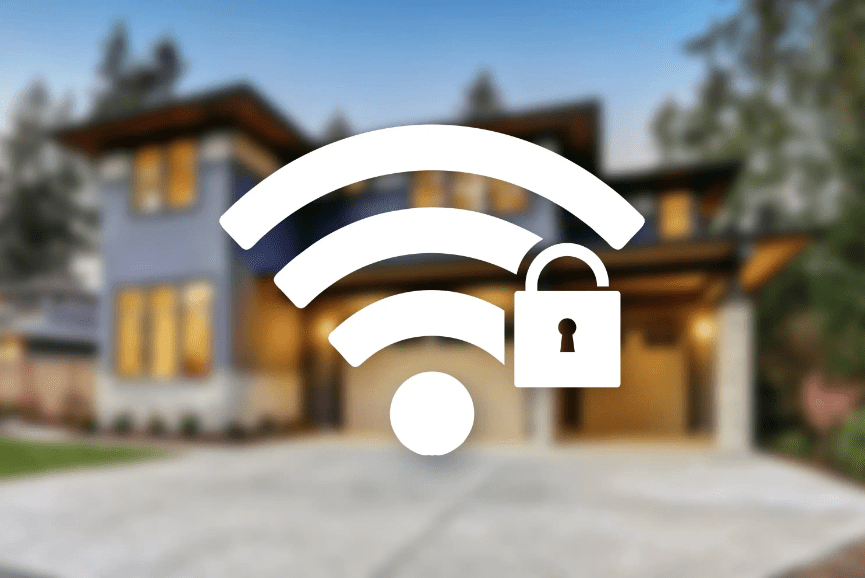
How To Stay Safe Online
In the vast landscape of the internet, safety is your best travel companion. Just like you wouldn’t stroll through a shady alley without keeping an eye out, the online world requires a bit of street-smart savvy.
So, buckle up, and let’s plunge into the cyber-verse with our guide on how to stay safe online.
Understanding the Risks
Picture the internet as a bustling city with both friendly neighborhoods and dark alleys. Just as you wouldn’t trust a stranger offering candy, be wary of unsolicited emails, messages, or pop-ups.
Cybercriminals are the tricksters of the digital world, and they’re always looking for unsuspecting victims.
Passwords: The Gatekeepers of Your Digital Kingdom
Think of your passwords as the keys to your digital castle. To keep the drawbridge secure, create strong, unique passwords for each of your accounts.

Combine uppercase and lowercase letters, throw in some numbers and symbols – it’s like adding a moat filled with crocodiles to your fortress.
Two-Factor Authentication (2FA)
Adding an extra layer of defense, like 2FA, is like having a second set of guards at the castle entrance.
When logging in, you not only need the password but also a unique code sent to your phone. This way, even if someone manages to nab your password, they still can’t storm the gates without the code.
Update Your Digital Defenses
Just like your phone prompts you for updates, your computer and apps need them too. These updates aren’t just about adding cool new features; they often patch security holes.

Keeping everything up-to-date is like getting a flu shot for your devices – it helps ward off potential digital infections.
Secure Wi-Fi is the Fort Knox of Connectivity
Your Wi-Fi is the bridge connecting your devices to the digital realm. Make it impenetrable by setting a strong, unique password.

Avoid the default settings that come with your router – those are like using “password123” for your castle gate. Also, consider hiding your Wi-Fi network name (SSID) to keep nosy neighbors at bay.
Social Media Street Smarts
Imagine social media as a bustling marketplace – lots of activity, but also potential pickpockets.
Be cautious about sharing personal information, like your address or phone number. Adjust your privacy settings to control who can see your posts, and don’t accept friend requests from strangers.

It’s like choosing who you let into your inner circle at the local pub.
Phishing: The Sneaky Con Artists of the Web
Phishing attacks are like the street performers who distract you while a partner swipes your wallet.
Be skeptical of unexpected emails or messages asking for sensitive information. Legitimate organizations won’t request your password or credit card details via email.
If in doubt, contact them directly using trusted contact information or visit their official website and get their contact info.
Shop Safely in the Online Marketplace
When entering the virtual market, ensure it’s a reputable one. Look for “https://” in the website URL – the “s” stands for secure.

Use credit cards for online transactions, as they often provide better fraud protection than debit cards. Keep an eye out for reviews and ratings, just like you would before trying a new restaurant.
Be Wary of Public Computers
Public computers are like shared bicycles – convenient but risky. Avoid logging into sensitive accounts on public computers, as you never know who used them before you.
If you must, remember to log out and clear browsing history to leave no trace of your digital footprints.
Conclusion



Post Comment